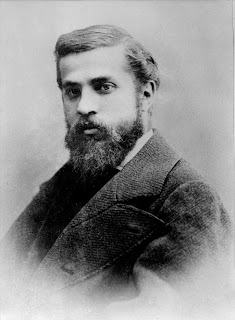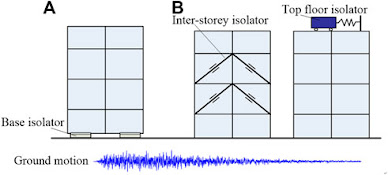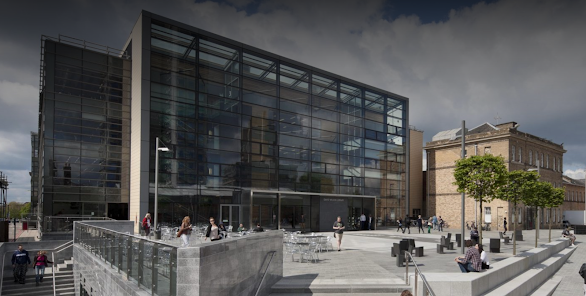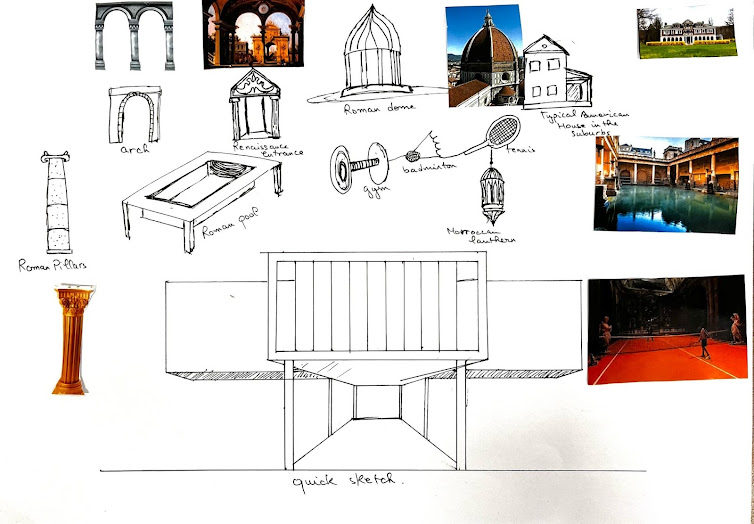final project: architect 2
ANTONI GAUDI
The most notable representative of Catalan Modernism, Antoni
Gaudi was a Spanish architect and designer who lived from June 25, 1852, to
June 10, 1926. The style of Gaudi's creations is highly unique and sui generis.
The majority, including his most famous creation, the Sagrada Familia church,
are found in Barcelona.
Gaudi's love of nature, architecture, and religion all had an impact on his creative output. He gave meticulous attention to every aspect of his works, incorporating carpentry, stained glass, wrought ironwork, and ceramics into his architectural designs. Additionally, he presented novel approaches to material treatment, like trencadís, which made use of leftover ceramic fragments.(Quiroga et al, no date).
Numerous of Gaudi’s creations have been designated as World Heritage sites by UNESCO: the Park Güell, the Palau Güell, and the Casa Milà in 1984; the Nativity façade, the crypt, and the apse of the Sagrada Familia, the Casa Vicens, the Casa Batlló, and the Colonia Güell in Santa Coloma de Cervelló in 2005. (UNESCO. 2 November 1984, UNESCO. 9 September 2005).
REFERENCES:
Mackay, David (1985). Modern architecture in Barcelona, 1854–1929 (PDF). Archived from the
original (PDF) on 25 April 2012.

,_fa%C3%A7ana_del_Naixement,_des_de_la_pl._Gaud%C3%AD.jpg)



Comments
Post a Comment